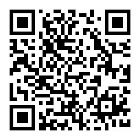BS EN 14615-2005 郵政服務(wù).數(shù)字郵政標(biāo)記.設(shè)備、安全和設(shè)計(jì)
作者:百檢網(wǎng) 時(shí)間:2021-07-15
中文標(biāo)準(zhǔn)名稱:郵政服務(wù).數(shù)字郵政標(biāo)記.設(shè)備、安全和設(shè)計(jì)
英文標(biāo)準(zhǔn)名稱:Postal services - Digital postage marks - Applications, security and design
標(biāo)準(zhǔn)類型:M80
發(fā)布日期:2005/2/18 12:00:00
實(shí)施日期:2005/2/18 12:00:00
中國(guó)標(biāo)準(zhǔn)分類號(hào):M80
國(guó)際標(biāo)準(zhǔn)分類號(hào):03.240
適用范圍:This document specifies a recommended procedure for the development of specifications for applications of digital postage marks (DPMs) - i.e. applications linked to the use of digital printing and image data capture technologies in the postal industry, most particularly for the evidencing of postage accounting and/or payment. It is not intended to prescribe or to recommend any particular architecture or design for such applications, only to specify the process through which such an architecture or design should be developed. NOTE 1 For this reason, the standard includes both normative and informative content. Clauses 1 to 5 and Annex A are normative, whilst the remaining annexes are informative. Non-normative (informative) clauses are indicated as such in the heading. The process described is based on a cyclic model, involving business planning; systems analysis; security analysis and detailed DPM design. The defined process is a recommended one only and DPM applications designers are not obligated to follow it. However, its use is intended to ensure both that all relevant aspects are taken into account in the design process and that the resulting specifications have a degree of commonality of structure which make them comparable with similar specifications produced by other parties. It is hoped that this will make them more easily intelligible, and less open to ambiguity, for implementers. It is assumed that users of the standard are familiar with normal processes involved in the design of computer-based applications and the standard therefore limits itself to aspects which are specific to DPM applications design. In particular, the document covers only requirements and considerations relating to applications that use digital postage marks, on individual postal items, as a means of communicating data (messages). The clause on design covers only the design of the digital postage marks themselves. It does not cover other aspects of design, including the possible use of other messages, transported by other means (e.g. statements of mailing), to provide for the communication of additional data, even though these might be just as important. The standard assumes, but does not require, that it is desired to implement digital postage marks which conform to UPU standards S27, S28 and S25 (see Bibliography) and provides a guide to the use of these standards. However, many of the guidelines, recommendations and checklists would apply equally to the design of DPM applications using digital postage marks based on symbologies other than those supported by S28, or requiring data which cannot be accommodated within S25-defined data constructs. NOTE 2 Though S28 [7] applies only to representation using two-dimensional symbologies and restricts its scope to two of these: Data Matrix and PDF417, its extension to other symbologies, including linear barcodes and OCR representation of data, is open to consideration. Users who find that their requirements cannot be met within the defined constraints are therefore encouraged to contact the Secretariat of the UPU Standards Board, with a view to exploring possible extension of the standard. NOTE 3 Though S25 [5] defines an initial set of data constructs, it is intended to extend this set on an as-needed basis. Users who find that their requirements cannot be met by existing data definitions are therefore encouraged to contact the Secretariat of the UPU Standards Board, with a view to extension of the standard.
相關(guān)標(biāo)準(zhǔn)
《CCC-TS-045 V1.1.1》車聯(lián)網(wǎng)聯(lián)盟,車聯(lián)網(wǎng)設(shè)備,測(cè)試規(guī)范應(yīng)用證書開發(fā)處理, CCC-TS-045 V1.1.1 第2、3章節(jié)
《CCC-TS-003 V1.0.3》車聯(lián)網(wǎng)聯(lián)盟,車聯(lián)網(wǎng)設(shè)備,UPnP客戶端應(yīng)用服務(wù), CCC-TS-003 V1.0.3 第2、3、4、5章節(jié)
《CCC-TS-002 V1.0.3》車聯(lián)網(wǎng)聯(lián)盟,車聯(lián)網(wǎng)設(shè)備,UPnP應(yīng)用服務(wù)器服務(wù), CCC-TS-002 V1.0.3 第2、3、4、5章節(jié)
《CCC-TS-004 V1.0.3》車聯(lián)網(wǎng)聯(lián)盟,車聯(lián)網(wǎng)設(shè)備,UPnP服務(wù)器設(shè)備, CCC-TS-004 V1.0.3 第2、3、4、5章節(jié)
《CCC-TS-041 V1.0.3》車聯(lián)網(wǎng)聯(lián)盟,車聯(lián)網(wǎng)設(shè)備,基于VNC的顯示和控制, CCC-TS-041 V1.0.3 第3、4、5、6章節(jié)
《CCC-TS-043 V1.0.3》車聯(lián)網(wǎng)聯(lián)盟,車聯(lián)網(wǎng)設(shè)備,設(shè)備認(rèn)證協(xié)議, CCC-TS-043 V1.0.3 第3、4章節(jié)
《CCC-TS-040 V1.0.3》車聯(lián)網(wǎng)聯(lián)盟,車聯(lián)網(wǎng)設(shè)備,連接; CCC-TS-040 V1.0.3 第3、4、5章節(jié)
《CCC-TS-042 V1.0.3》車聯(lián)網(wǎng)聯(lián)盟,車聯(lián)網(wǎng)設(shè)備,音頻, CCC-TS-042 V1.0.3 第4、5、7章節(jié)
《CCC-TS-021 V1.1.2》車聯(lián)網(wǎng)聯(lián)盟,車聯(lián)網(wǎng)設(shè)備,測(cè)試規(guī)范GPS數(shù)據(jù)服務(wù), CCC-TS-021 V1.1.2 第3、4章節(jié)
百檢能給您帶來(lái)哪些改變?
1、檢測(cè)行業(yè)全覆蓋,滿足不同的檢測(cè);
2、實(shí)驗(yàn)室全覆蓋,就近分配本地化檢測(cè);
3、工程師一對(duì)一服務(wù),讓檢測(cè)更精準(zhǔn);
4、免費(fèi)初檢,初檢不收取檢測(cè)費(fèi)用;
5、自助下單 快遞免費(fèi)上門取樣;
6、周期短,費(fèi)用低,服務(wù)周到;
7、擁有CMA、CNAS、CAL等權(quán)威資質(zhì);
8、檢測(cè)報(bào)告權(quán)威有效、中國(guó)通用;
客戶案例展示
相關(guān)商品
相關(guān)資訊

最新資訊
版權(quán)與免責(zé)聲明
①本網(wǎng)注名來(lái)源于“互聯(lián)網(wǎng)”的所有作品,版權(quán)歸原作者或者來(lái)源機(jī)構(gòu)所有,如果有涉及作品內(nèi)容、版權(quán)等問(wèn)題,請(qǐng)?jiān)谧髌钒l(fā)表之日起一個(gè)月內(nèi)與本網(wǎng)聯(lián)系,聯(lián)系郵箱service@baijiantest.com,否則視為默認(rèn)百檢網(wǎng)有權(quán)進(jìn)行轉(zhuǎn)載。
②本網(wǎng)注名來(lái)源于“百檢網(wǎng)”的所有作品,版權(quán)歸百檢網(wǎng)所有,未經(jīng)本網(wǎng)授權(quán)不得轉(zhuǎn)載、摘編或利用其它方式使用。想要轉(zhuǎn)載本網(wǎng)作品,請(qǐng)聯(lián)系:service@baijiantest.com。已獲本網(wǎng)授權(quán)的作品,應(yīng)在授權(quán)范圍內(nèi)使用,并注明"來(lái)源:百檢網(wǎng)"。違者本網(wǎng)將追究相關(guān)法律責(zé)任。
③本網(wǎng)所載作品僅代表作者獨(dú)立觀點(diǎn),不代表百檢立場(chǎng),用戶需作出獨(dú)立判斷,如有異議或投訴,請(qǐng)聯(lián)系service@baijiantest.com









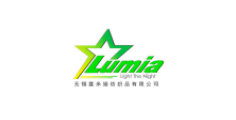



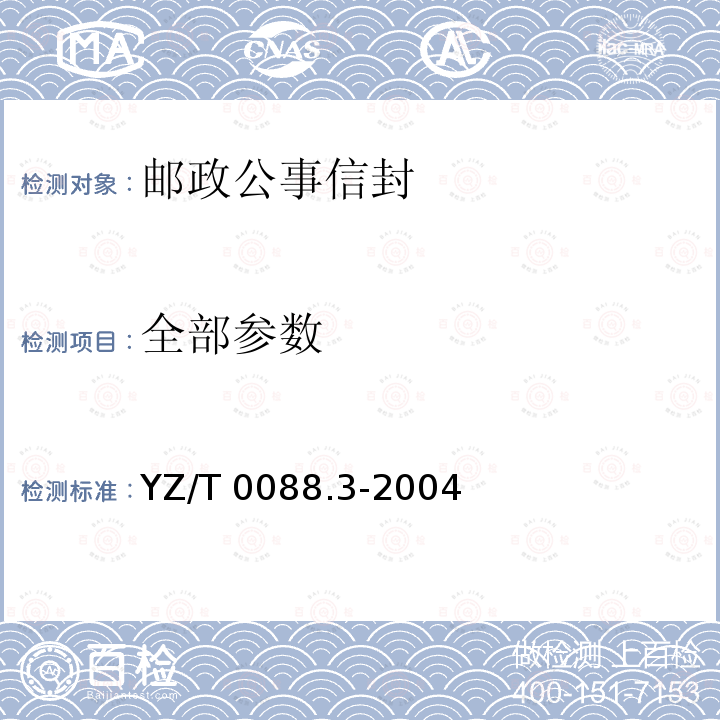

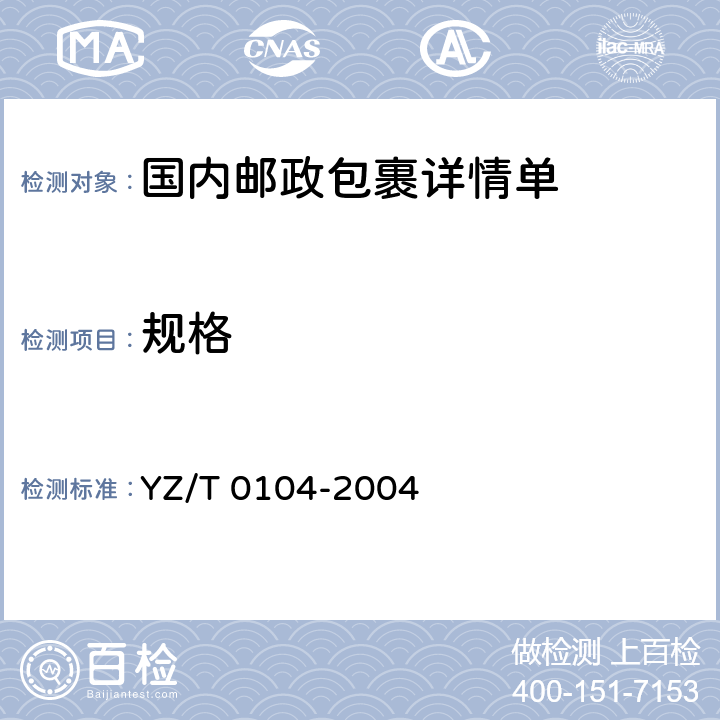

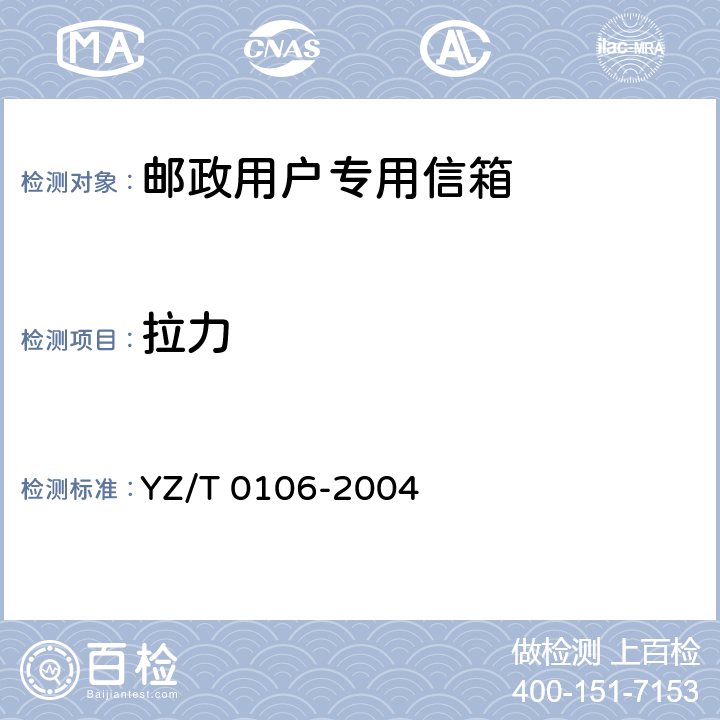
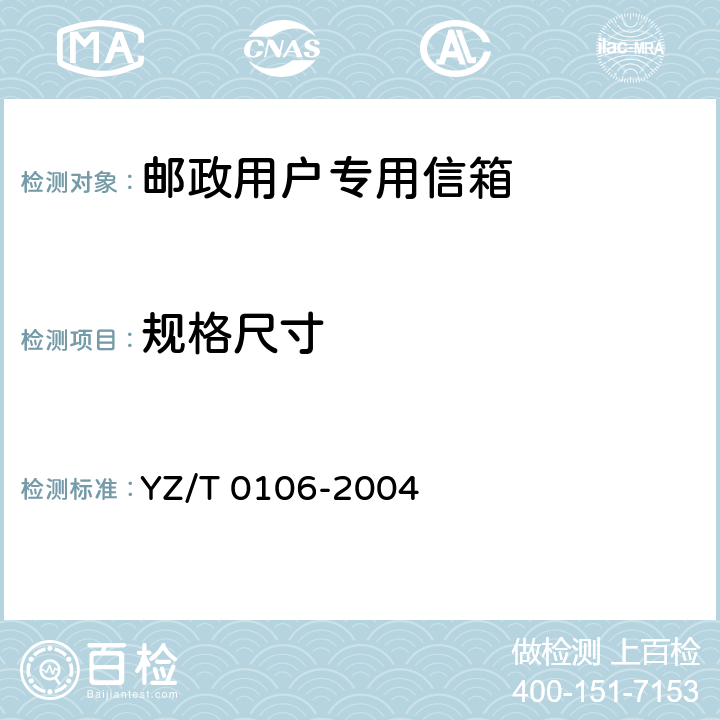

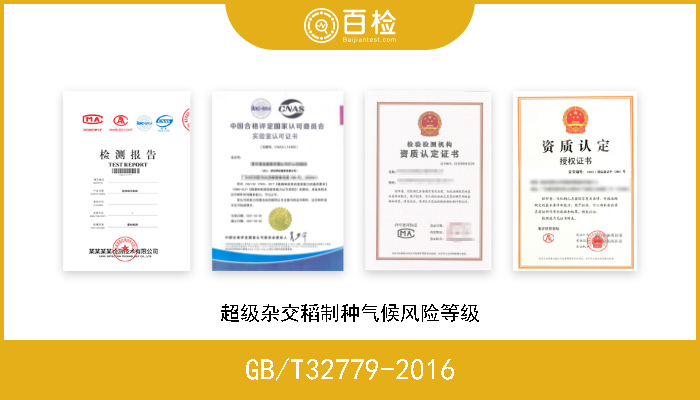
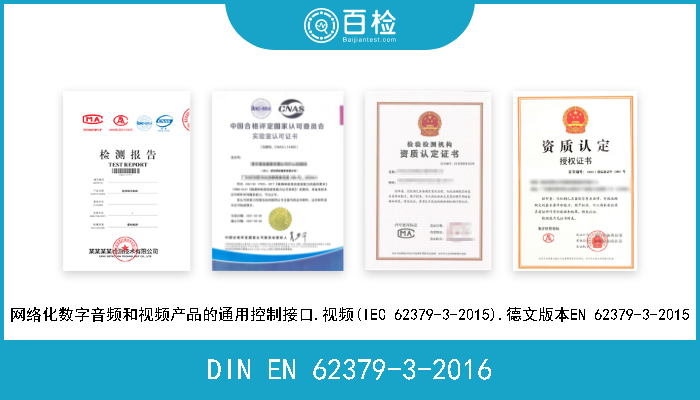
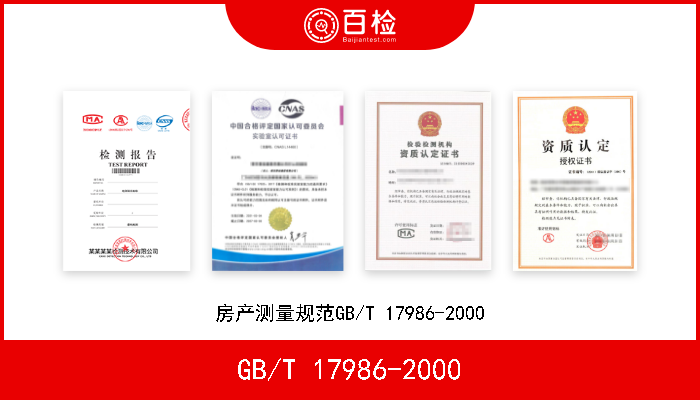
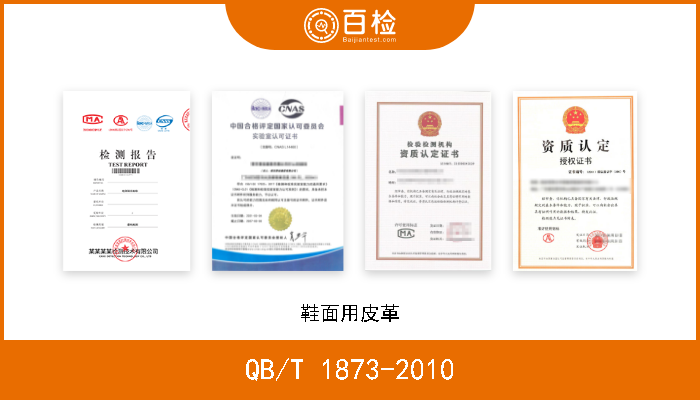

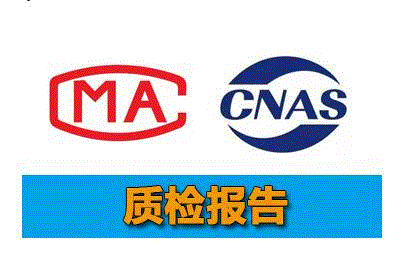
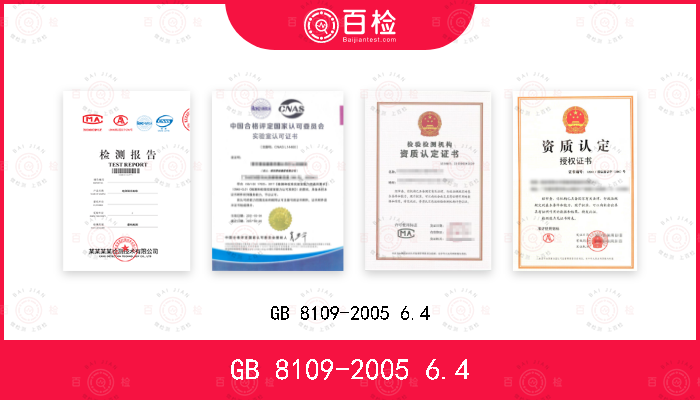
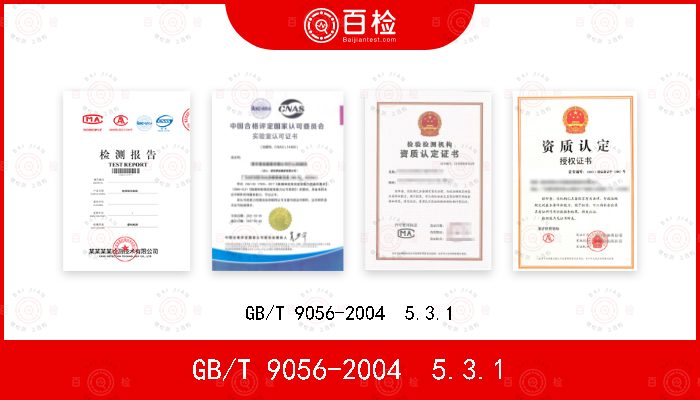

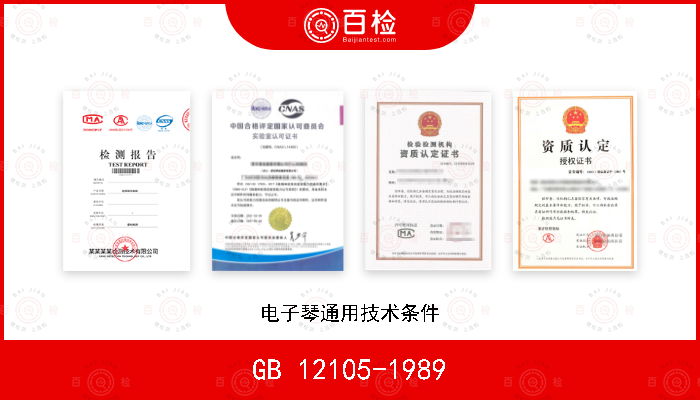



 400-101-7153
400-101-7153 15201733840
15201733840